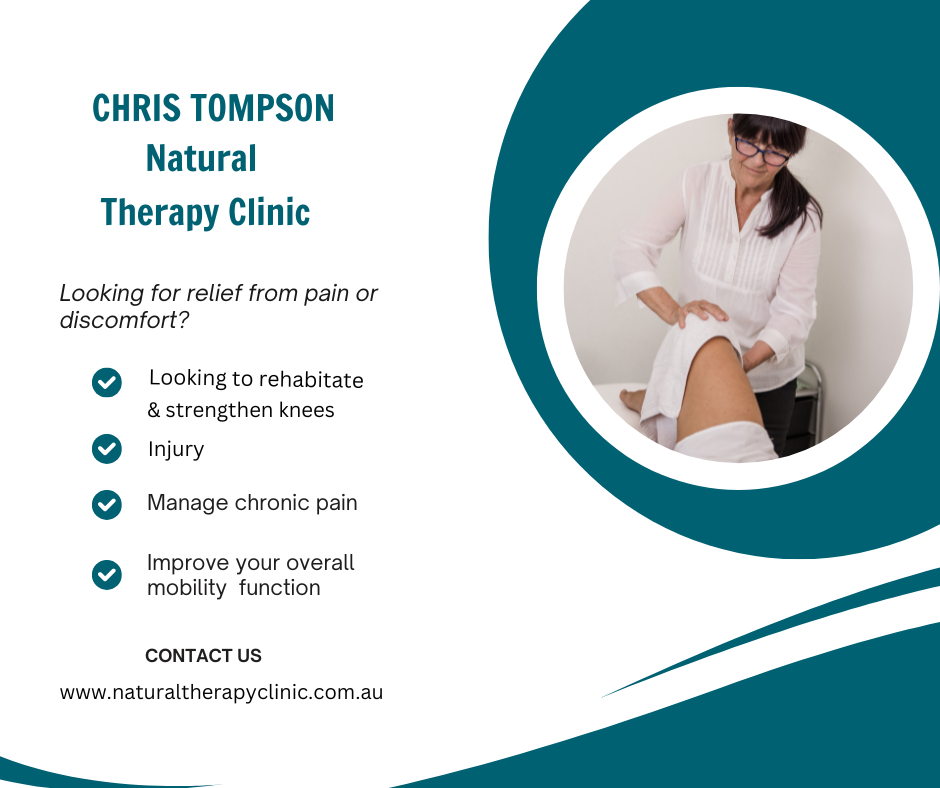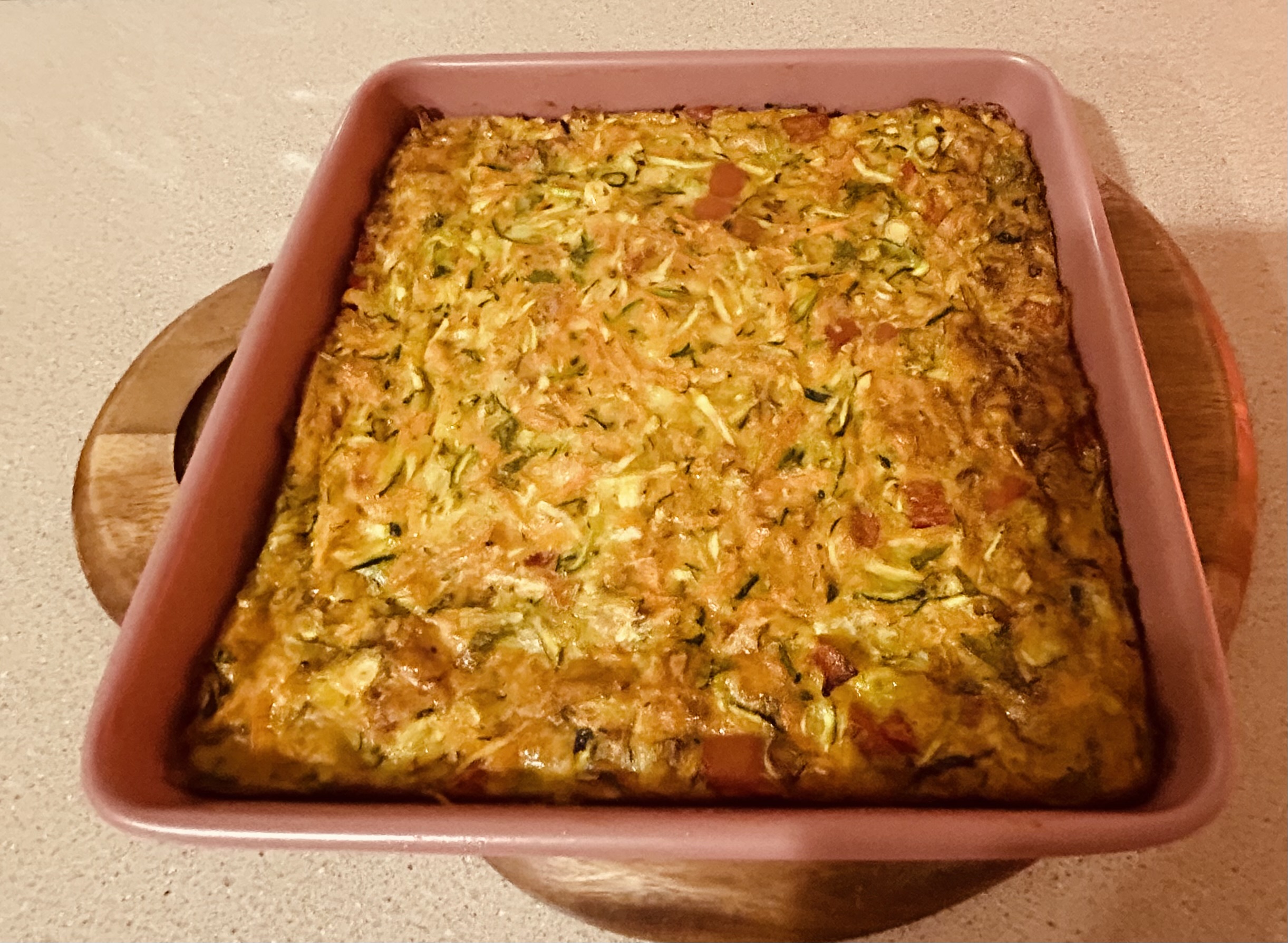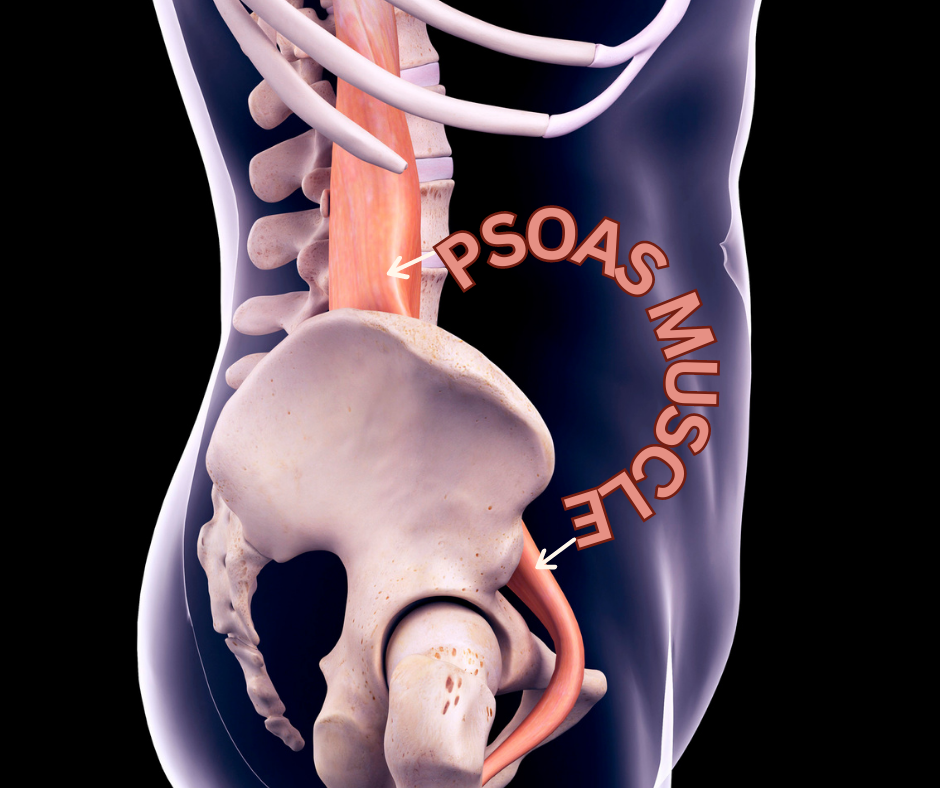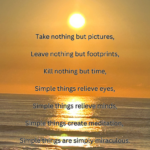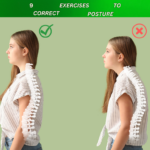The temporomandibular joint (TMJ) is the joint that connects the jawbone to the skull. It is located in front of the ear on each side of the head and is responsible for allowing us to open & close our mouths, as well as move our jaws from side to side.
The TMJ (jaw joint) is one of most common issues I come across when performing a Myorthotics (soft tissues adjustment). Myorthotics works extremely well on adjusting the TMJ as well as treating the others issues caused from a TMJ problem, such as issues with a sore neck, shoulders & thoracic areas of the spine.
The TMJ is comprised of the following components:
- The mandible (lower jaw bone)
- The temporal bone (part of the skull)
- An articular disc (a cushioning pad between the mandible and temporal bone)
When there is a problem with the TMJ, it can cause pain & discomfort in the jaw & surrounding areas, including the neck & shoulders. This can lead to tension & tightness in the SCM muscle, as it works to compensate for the limited range of motion in the jaw.

Temporomandibular Joint (TMJ) issues can be caused by a variety of factors:
- Teeth grinding or clenching
- Arthritis in the TMJ
- Trauma to the jaw
- Misaligned bite or teeth
- Stress & tension in the jaw muscles
- Connective tissue disorders
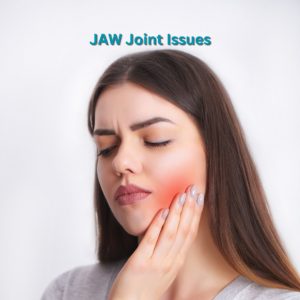
Symptoms of TMJ dysfunction:
- Pain or tenderness around the jaw joint
- Aching pain in & around your ear
- Aching facial pain
- Difficulty chewing or speaking
- Clicking or popping noise when opening or closing the mouth
- Even lockjaw (the inability to fully open or close the mouth).
- Headaches & dizziness
- Migraines
- Tinnitus
- Vertigo
- Toothache
If you are experiencing any of these symptoms, it’s important to speak with a healthcare professional for an accurate diagnosis & proper treatment.
Several muscles are affected when you have a TMJ Problem:
- Masseter muscle: This muscle is located on the side of the face and is responsible for closing the jaw during chewing.
- Temporalis muscle: This muscle is located at the temples on each side of the head and is responsible for opening and closing the jaw.
- Medial pterygoid muscle: This muscle is located on the inside of the jaw and works with the masseter muscle to close the jaw during chewing.
- Lateral pterygoid muscle: This muscle is located on the inside of the jaw and works with the temporalis muscle to open the jaw.
- The Sternocleidomastoid (SCM) muscle is located on each side of the neck, and it is responsible for rotating the head and neck. Although the SCM muscle is not directly connected to the temporomandibular joint (TMJ), it can be affected by TMJ issues due to its proximity and shared nerve supply.
When there is an issue with the TMJ, these muscles can become strained or inflamed, leading to pain or discomfort in the jaw or surrounding areas.
Treatment for TMJ issues:
- Myorthotics therapy https://www.nutritionalhealthenterprises.com/myorthotics/
- Physical therapy
- Exercising your Jaw https://www.healthline.com/health/tmj-exercises
- Anti-inflammatory medications
- Lifestyle changes to reduce stress and tension in the jaw muscles
- Relaxation therapy https://www.nutritionalhealthenterprises.com/the-effects-of-stress-on-the-body/
- Corrective dental procedure
- Mouth guards – Dental appliances like oral splints or mouth guards can place your jaw in a more favourable position or help reduce the effects of grinding and clenching https://health.clevelandclinic.org/should-you-use-a-dental-mouthguard-for-your-jaw-pain/
- Transcutaneous electrical nerve stimulation (TENS) – This method uses low-level electrical currents to relax your jaw muscles.
- Behavioural changes – This includes things like improving your posture, meditation & avoiding chewing on ice or eating very hard foods.
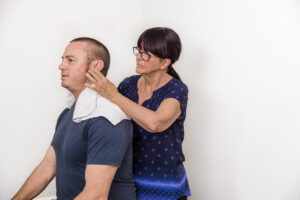
TMJ effects on Sternocleidomastoid muscle (SCM):
When there is a Temporomandibular Joint (TMJ) issue it can cause pain and discomfort in the jaw and surrounding areas, including the neck and shoulders. This can lead to tension and tightness in the SCM muscle, as it works to compensate for the limited range of motion in the jaw.
The SCM muscle, which is located on each side of the neck, works to support the head and neck while also allowing for movement and rotation.
The SCM muscle may also become inflamed or strained because of clenching or grinding the teeth, which are common symptoms of TMJ dysfunction.
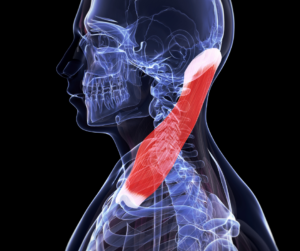
Sternocleidomastoid muscle tightness symptoms:
- Headaches
- Neck pain
- Shoulder pain
- TMJ issues
- Pain in body areas distant from the neck (eyes, temples, throat, ears, nose & shoulders)
- Nausea
- Tinnitus
- Vertigo
- Torticollis (also known as Wry Neck)
Fortunately, addressing the underlying cause of the TMJ issue can help alleviate the symptoms in the SCM muscle.
Summary:
At the end of the day there is a lot that can be done to fix a Jaw joint issue ranging from a Myorthotics treatment to a visit with your dentist to discuss a TMJ mouth guard (splint).
To book a Myorthotics appointment click on the link.
Disclaimer:
All content & media on the Natural Therapy Clinic is created & published online for informational purposes only.





